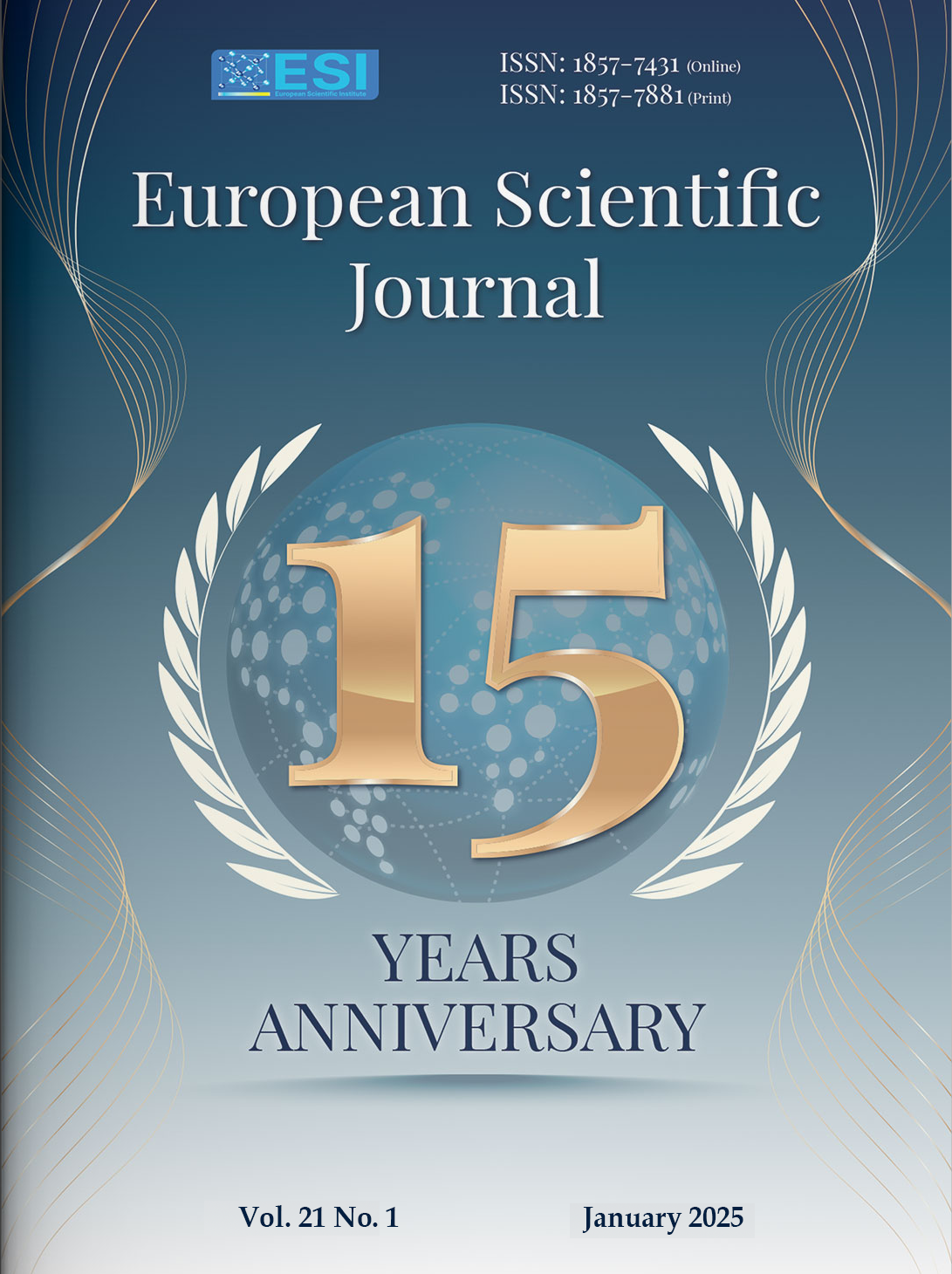Application of the Fama-French three-factor model for a five stocks portfolio in the US stock market
Abstract
This paper evaluates the applicability of the Fama-French three-factor model in optimizing portfolio construction and maximizing returns, using historical stock data from various industries over the period from 2002 to 2022. The analysis is divided into two distinct sub-periods, 2002-2012 and 2013-2022, to assess the model’s performance across different economic conditions. The study identifies the market risk premium (Mkt-RF) as the most significant determinant of portfolio returns, especially prominent during the 2013-2022 period. The size premium (SMB) exhibited a negative correlation with portfolio returns, indicating an underperformance of large-cap stocks relative to small-cap stocks, especially in the later period. In contrast, the value premium (HML) was found to be statistically insignificant, suggesting that the value factor did not substantially impact portfolio returns during this time frame. These results underscore the importance of market exposure and the consideration of size factors in portfolio construction while also highlighting the limited impact of the value factor in recent years. The study provides actionable insights for first-time investors and portfolio managers seeking to refine investment strategies based on the dynamics of market risk, size, and value factors. First of all, this indicates the need to align a portfolio with wide market trends by using an index fund or ETF to gain the benefit arising from market risk premium. It also underlines that a balance has to be created between large-cap and small-cap shares to have the returns optimized under specific market conditions. This, in turn, suggests that dependence on the value factor has to be dynamic, anchoring growth stocks in innovative-driven markets but keeping an eye on any change in the economic cycle. These thus provide actionable insights into refining investment approaches with the use of the Fama-French model as a foundational tool.
Downloads
Metrics
PlumX Statistics
References
2. Asness, C. Frazzini, A., Israel, R., Moskowitz, T. And Pedersen, L. (2015). Size matters, if you control your junk, Jounal of Finance and Economics, 29(3), 479-509. https://doi.org/10.1016/j.jfineco.2018.05.006
3. Asteriou, D., Hall, G. (2015). Applied Econometrics. 3th Edition,. Macmillan Education UK.
4. Bali, T.G., Engle, R.F., and Murray, S. (2016) Empirical Asset Pricing: The Cross Section of Stock Returns. John Wiley & Sons, New York. https://doi.org/10.1002/9781118445112.stat07954
5. Banz, R.W. (1981), The Relationship between Return and Market Value of Common Stocks, Journal of Financial Economics, 9 (1), 3-18.
6. Breusch, T.S. and Pagan, A.R. (1979) A Simple Test for Heteroscedasticity and Random Coefficient Variation. Econometrica, 47, 1287-1294. http://dx.doi.org/10.2307/1911963
7. Daniel, K. and Titman, S. (1997) Evidence on the Characteristics of Cross-Sectional Variation in Stock Returns. Journal of Finance, 52, 1-33. https://doi.org/10.1111/j.1540-6261.1997.tb03806.x
8. Datta, S. and Chakraborty, A. (2018). Fama French Three-factor Model: A Comparative Study. Effulgence-A Management Journal. 16. 32. 10.33601/effulgence.rdias/v16/i2/2018/32-41.
9. DeMiguel, V., Garlappi, L., Uppal R. (2009). Optimal Versus Naive Diversification: How Inefficient is the 1/N Portfolio Strategy?, The Review of Financial Studies, 22 (5), 1915–1953. https://doi.org/10.1093/rfs/hhm075
10. Elton, E., and Gruber, M. (1995). Fundamental Economic Variables, Expected Returns, and Bond Fund Performance, The Journal of Finance, 50 (4), 1229-1256. https://doi.org/10.2307/2329350
11. Fama, E. F., and French, K. (1992). The Cross-Section of Expected Stock Returns. The Journal of Finance 47 (2): 427–465. doi: https://doi.org/10.1111/j.1540-6261.1992.tb04398.x.
12. Gujarati, D.N. and Porter, D.C. (2009) Basic Econometrics. 5th Edition, McGraw Hill Inc., New York.
13. Haugen, R. (1995). The New Finance: The Case against Efficient Markets, Prentice Hall, Englewood Cliffs, New Jersey.
14. Harvey, C., Liu, Y. And Zhu H. (2016). and the Cross-Section of Expected Returns, The Review of Financial Studies, 29 (1), 5–68. https://doi.org/10.1093/rfs/hhv059
15. Homsud, N., Wasunsakul, J., Phuangnark, S., Joongpong, J., (2009), A Study of Fama and French Three Factors Model and Capital Asset Pricing Model in the Stock Exchange of Thailand, International Research Journal of Finance and Economics, Issue. 25, 31-40.
16. Hong, H., Stein, J., Yu, J. (2009). Simple Forecasts and Paradigm Shifts, The Journal of Finance, 62(3), 1207-1242. https://doi.org/10.1111/j.1540-6261.2007.01234.x
17. Kutner, M. and Nachtsheim, C. (2004). Applied Linear Statistical Models. 5th Edition, McGraw Hill Inc., New York.
18. White, H. (1980) A Heteroscedasticity-Consistent Covariance Matrix Estimator and a Direct Test for Heteroscedasticity. Econometrica, 48, 817-838. https://doi.org/10.2307/1912934
19. Yang, H. (2022). Portfolio Optimization with Fama-French Model, F. Balli et al. (Eds.): ESFCT 2022, AEBMR 663, 12–18.
Copyright (c) 2025 Lizandra Maria Guillen Paredes

This work is licensed under a Creative Commons Attribution 4.0 International License.








